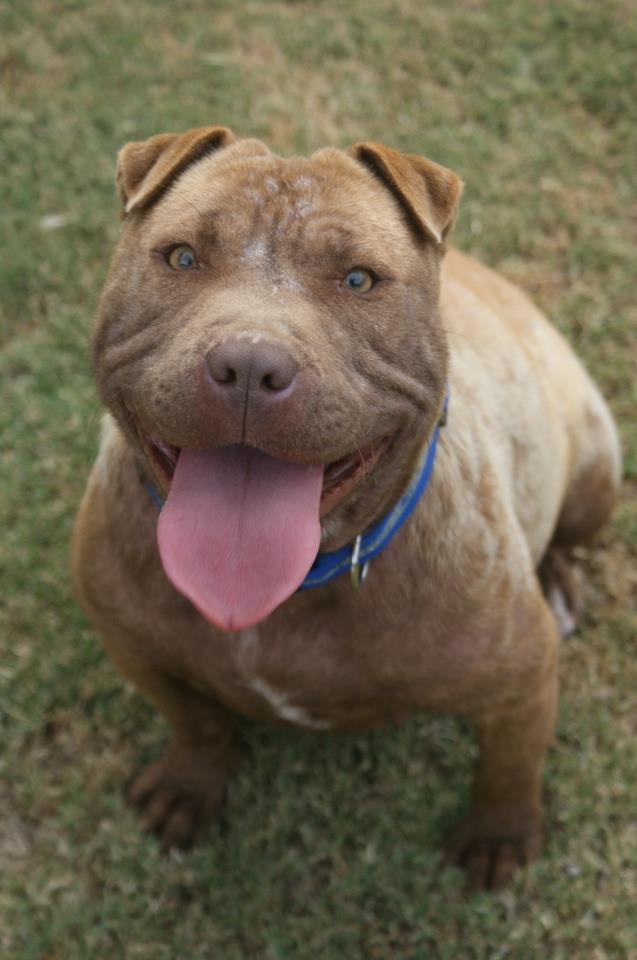Select, Select, Select
For too long we’ve cried “socialise, socialise, socialise”. I vote for a new slogan: “select, select, select”.
Ultimately, to bring a confident, happy, sound, enjoyable new puppy into the household, three critical selections need to be made:
We need people to select an appropriate breed. They need to know what characteristics fit in with their family or lifestyle. Genetics hugely determine the behaviours of dogs. There are countless resources explaining how to consider the breed most suitable to you. This includes practical appearance criteria, like “how big?” and physically appealing charactertisitcs. Then, nitty gritty criteria regarding owner energy compared to the dog’s, and willingness to groom. An understanding of the breed’s original purpose and how that original purpose might be annoying (e.g. a breed bred to retrieve likes to use their mouth, a breed bred to herd may nip and herd people, a breed bred to kill vermin often are indiscriminate with pocket pets). In short, new owners need to research breeds and work out what breed would love to live and thrive in their household– not a breed that they could ‘make work’.
Puppy buyers need to select a breeder with care. By that I mean: a breeder that cares. Cares about where their puppies end up, about the pedigrees of their dogs, about choosing pups suitable to the individual’s lifestyle. A good breeder may say no to some households, because they only want the best for their puppies. A good breeder probably doesn’t have a puppy available right now. Good breeders take steps to ensure their animal never ends up in a shelter, and will live a happy and full life in a loving home. A good breeder knows some puppies are not perfectly normal, and will not let them go to any home.
And the pedigree of the dog, including the parents, need to be considered. This is in terms of temperament and in terms of health. Nervous dogs, or aggressive dogs, should not be bred from, and should not be in the pedigree. Buyers should insist on meeting at least the mother of the puppy, and any other relatives possible. The pedigree should, however, include healthy dogs – especially dogs that are old and healthy. Certificates of health should be presented for the parents, including any relevant scores (e.g. hip, eye, etc) for the particular breed. Knowing the background of the puppy provides some security and confidence in what the puppy may grow to be.
I’m sure if people went through all these steps, or even half of these steps, we’d have less dog problems than we see today. There would be no impulse buys, if people were selecting the right breed, and going through a responsible breeder. If people considered pedigrees and parents more often, there would be more healthy and stable dogs.
Selecting the right breed, from the right breeder, from the right pedigree, would right a lot of wrongs. … We can dream, can’t we?
Further reading: Can breeders breed better?



